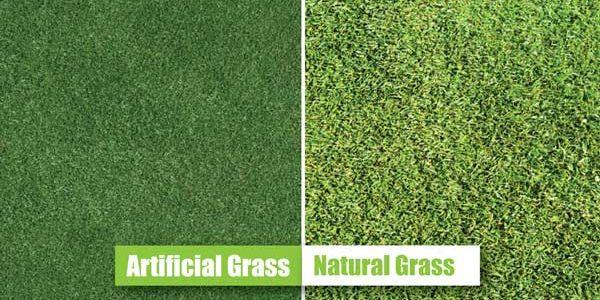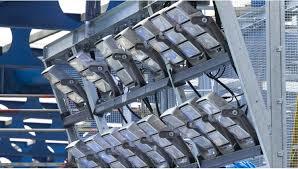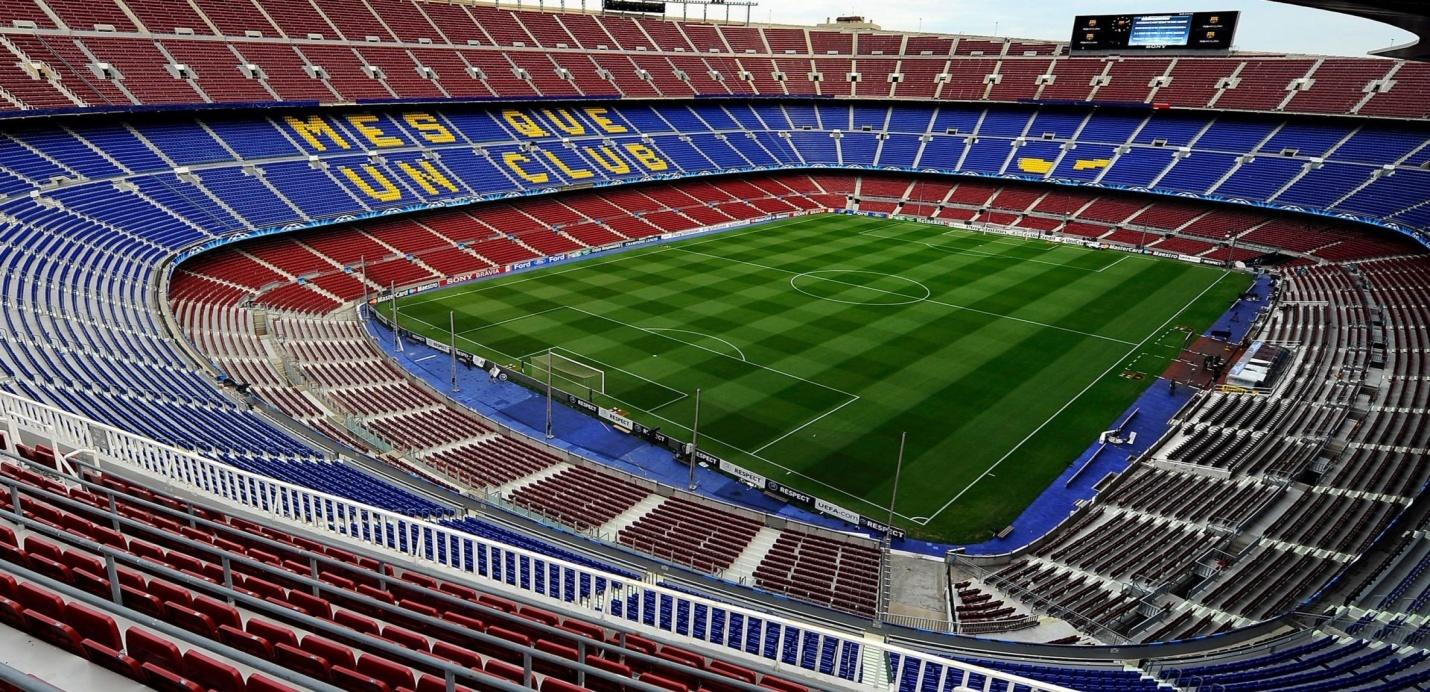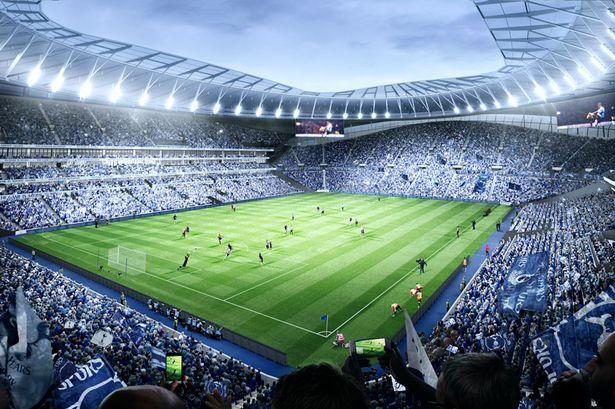Football is one of the most popular sports in the United Arab Emirates and the world at large. According to Roland (2016), the football brings people together irrespective of their age, race, gender, and socio-economic background. The government of the United Arab Emirates has invested a lot of resources to support local talents and to promote football in the country. Abu Dhabi is one of the Emirates with advanced systems and structures meant to promote the game. The future of talented young footballers is bright because of the efforts put in place by state and non-state actors to support them.
Abu Dhabi has some of the largest football stadiums in the country. The more the game becomes popular, the more these football stadiums become actively used. Sustainability is becoming a major issue in the management of these stadiums. According to Steen (2014), sustainability in the use of stadiums largely focuses on the use of water and energy. These two resources are becoming scarce in the United Arab Emirates. The management should ensure that energy and water are spent reasonably. Such initiatives not only help in lowering costs of managing these stadiums but also reduce the general consumption of scarce resources in the country. In this proposal, the researcher seeks to discuss benefits using artificial grass and LED floodlights instead of natural grass and natural floodlights.
Artificial Grass versus Natural Grass
Football is a highly physical sport, and it is common for players to fall during the game. Fried (2015) notes that grass is often used to cover these fields to ensure that players are protected from constant injuries. The grass offers a safe ground where players can land without being subjected to major injuries. Grass also helps in the decoration of football fields. However, maintaining the grass is an expensive undertaking. The management of these stadiums can opt to use natural grass or artificial grass. Depending on the choice of the grass that authorities select, the cost can vary. In this section, it is important to look at factors that make artificial grass superior to natural grass.
Overall Cost
According to Steen (2014), the cost of running football stadiums can be high if various measures are not taken to eliminate unnecessary expenses. One of the main areas of expenses is in the keeping of the grass. The cost of having a synthetic grass on the football field is significantly different from that of normal grass. The base preparation and materials for synthetic grass is higher than that of ordinary grass. Roland (2016) explains that the base preparation for artificial grass is twice that of natural grass. Materials which are necessary for such a field can be five times more than that of a vegetative grass. However, once the grass is properly set on the field, it will need a relatively smaller amount of money to maintain. On the other hand, once a natural grass is planted, the cost of keeping it in good shape is always very high. It all starts with finding the right seed. It is not always guaranteed that the planted grass will grow as expected. It is common for the grass to fail to grow in sections of the field, making it necessary to plant new seeds. Once the grass grows, the cost can be high depending on a number of factors.
One of factors that can inflate the overall cost of maintenance is the presence of weeds. It will be necessary to have a human resource to uproot weeds in the entire field manually. Unlike in farms where herbicides can be used to destroy grass, Fried (2015) says that the same cannot be used in football fields because of two reasons. First, herbicides can destroy the grass alongside the intended weeds. The second reason is that players often fall while in the field and they are likely to come into contact with the chemicals used in fields. As such, it is highly discouraged to use such chemicals because of the possible health consequences. Natural grass also requires a regular trimming, which means that the management will have to purchase mowing machines and operators. These costs can significantly be reduced if a natural grass is replaced with artificial grass. Roland (2016) says that once installed, the synthetic grass should only have regular cleaning and disinfection.
Level of Care
The level of care that is necessary for artificial grass is different from that needed in natural grass. When a football club uses natural grass, the relevant authority must ensure that proper care is provided to ensure that it is maintained at the right height. It will also call for regular mowing to ensure that it does not go beyond a given standard height (Freestone, 2014). It means that at least after every two days, it will be necessary to mow the grass. Other than mowing, human labor is also necessary to physically uproot weeds that may spring up from time to time. After every major tournament, it is normal to find patches of destroyed grass. Such patches must be repaired before the next tournament. It means that the stadium should have readily available seed that can be planted on sections of the field if it is destroyed. On the other hand, the synthetic grass does not need any major regular care. Once it is neatly spread on the field, it only requires thorough cleaning and disinfection. Before and after every game, a few employees can be assigned the task of cleaning and disinfecting the field to ensure that players have a safe environment where they play. The cost of care for artificial grass is a small fraction of what it costs to maintain a major football field that is covered with normal grass.
Water Usage
The United Arab Emirates is one of the countries that suffer from dwindling clean water reserves. According to Dixon (2015), the government of Abu Dhabi has been working on ways to desalinate seawater to reduce the reliance on groundwater reserves that are quickly getting depleted. Desalinating seawater is a relatively expensive process, and the government has been championing for responsible use of water to manage the demand. Watering grass in football stadiums that use natural grass is a very expensive undertaking. In regions with relatively high temperatures and limited amounts of rainfall, it will require about 250 gallons of water for every 1,000 square feet (Steen, 2014). A standard football field measures 57,600 (360×160) square feet. It means that such a field would have 14,400 gallons of water every day (Freestone, 2014).
It translates to about 54,510 liters of water every single day, without factoring in spillage that is likely to occur when transporting it from various sources to the field. In one year, such a football field should receive over 20 million liters of water. The volume of water can be higher than that depending on the type of grass. On the other hand, artificial grass needs a little amount of water for regular cleaning. It does not require to be watered like natural grass. In fact, Fried (2015) notes that many football clubs are now embracing vacuum cleaning as a way of eliminating dirt in fields covered with the synthetic grass. It means that such fields would require zero amount of water. It can save the field from spending millions of liters of water every year for maintaining the natural grass. Such sustainable water practices will be in line with the vision of the government of reducing water demand to ease pressure on the existing water resources.
Visual Appeal
The visual appeal of the grass used in the football fields is increasingly becoming an important factor in the modern society. Architects are now embracing unique designs for football fields to enhance beauty and functionality. From the Soccer City Stadium in South Africa and Allianz Arena in Germany to Beijing National Stadium in China and Pengrowth Saddledome in Canada, stadiums around the world are assuming unique shapes because of the emerging technologies (Steen, 2014). The visual appeal of the football fields is also becoming a major issue of concern. Color, height, and texture of the grass are, therefore, are critical when choosing the right grass for a football field. Many football fields have varying color to facilitate marking of fields and to enhance visual appeal. When using artificial grass, coloring is simple and can take unique designs because it is done by the computer. Such colorations can be designed as per demands of clients. On the other hand, having different colors on a natural grass may be a complex process. Having the right material that can color normal grass long enough to withstand an entire 90-minute duration needed for a tournament is not easy (Freestone, 2014). After every game, the management will be forced to do repairs so that the field can have the right marks ready for the next tournament. The material used in marking the field should be safe enough for the grass and players who will be in the field.
When it comes to height, there is always little to be done when handling artificial grass. It comes at a standard height that does not need elaborate attention from the management. The height will not be changed for several years that the synthetic grass will be in use. On the other hand, normal grass must have regular maintenance, as discussed above, to ensure that it remains at the right height for every tournament. The texture of natural grass and that of synthetic grass differs. The artificial grass is designed in a way that it is soft enough to protect players from constant injuries while at the same time being hard enough to ensure that balls can bounce off the ground in a standard manner. The texture of vegetative grass will vary depending on the grass used and the level of care that is embraced. In terms of visual appeal, the synthetic grass is obviously superior to natural grass. The management of local football stadiums in Abu Dhabi should consider embracing the artificial grass instead of the vegetative grass based on above factors. The figure below shows the visual differences between the two types of grass:

LED Lights versus Normal Flood Lights
The football stadiums use a significant amount of energy on lighting. The demand for energy is very high when floodlights have to be used when there are games to be played at night. The management of the football stadiums in Abu Dhabi can reduce costs of lighting fields at night by changing from traditional incandescent bulbs to Light Emitting Diode (LED) lights (Freestone, 2014). In this section of the proposal, the researcher looks at a detailed comparison of the two types of bulbs to justify the need for the local football stadiums to embrace the emerging technologies in lighting the fields.
Energy Use
According to Dixon (2015), there is a significant difference in light consumption between modern LED lights and traditional bulbs. The modern bulbs are designed to use a minimal amount of light to emit the required level of light. One of the main areas of technological improvement of the LED lights is that they do not emit heat as the incandescent lights do. It means that it consumes less energy. Fried (2015) argues that an LED light consumes 20% or less of what normal traditional bulbs consume. A standard football floodlight has over 50 relatively large bulbs. A football field requires at least four such floodlights to light the field properly without having shadows that can affect the visibility within the field. If the incandescent bulbs are replaced with the LED bulbs, the cost of lighting these local football fields will be reduced by over 80%.
Lifespan
According to Roland (2016), the traditional incandescent bulbs have a lifespan of 1000 hours when it is not physically destroyed. On the other hand, the lifespan of LED light is about 25,000 hours. It means that a football stadium that uses the incandescent light will have to replace bulbs 25 times before the field that uses modern light can make its first replacement. Although the normal bulbs are relatively cheaper than the LED lights, the overall cost of care of the traditional lights is high. The fact that bulbs have to be constantly replaced means that the stadium will spend more on repairs. Constant handling of floodlights during regular replacement of bulbs may result in the damage of the entire system. It means that after a short time, the management will not only have to replace bulbs but the entire system of floodlights. As Fried (2015) observes, a long lifespan of bulbs also extends the lifespan of the entire lighting system. The only time that the lighting system will need to be handled is during cleaning, and that causes minimal wear and tear because of the minimized handling. Using LED lights eliminates unnecessary costs that the stadium will have to incur in repair and care of the lighting system. It is another important reason why stadiums should consider using LED floodlights instead of the traditional floodlights.
Quality
The quality of light emitted by LED bulbs differs from that emitted by the traditional bulbs. According to Dixon (2015), the modern bulbs are designed using modern technology that seeks to ensure that light emitted is very natural. The large LED lights meant for floodlights are designed in ways that eliminate the shadow effect on fields. They are superior to the traditional bulbs. The figure below shows an image of an LED floodlight.

Trends in Leading Football Clubs in Europe
The management of local football clubs and football stadiums in Abu Dhabi should embrace international best practices to improve local standards. Europe has some of the world’s most advanced football teams. The best football teams in the world such as Real Madrid, Manchester United, Arsenal, Chelsea, Barcelona, Manchester City, Liverpool, Bayern Munich, Paris-Saint Germaine, and Juventus are all in Europe. It is, therefore, important to embrace football practices in Europe to ensure that the local standards are improved. It is important to look at the type of grass and the lighting systems used in these mega football stadiums in Europe.
The Choice of Grass
Camp Nou is home to one of the world’s best football clubs, Barcelona (Freestone, 2014). It is the second largest football stadium in the world, with a capacity to hold 99,354 people. The construction of the stadium was initiated in 1954 and was finally completed in 1957. It was expanded in 1982 and major renovations were done in 2008. The camp uses artificial grass instead of natural grass, as shown in figure 3 below. The benefit of having a synthetic grass is visible in this field. The unique coloration of the field can only be possible when artificial grass is used. The grass forms a safe carpet that protects players from any fall. The figure below shows that when the synthetic grass is used, the markings on the field remain very clear and for a very long time. It means that other than the visual attraction of the non-vegetative grass, it also has superior functionality when compared with natural grass. It is not only at Camp Nou that the non-vegatative grass is used. Fried (2015) observes that other major clubs around Europe such as Emirates Stadium that hosts Arsenal, the Old Trafford that hosts Manchester United, and Santiago Bernabéu Stadium that hosts Real Madrid have their fields carpeted using the synthetic grass, which is an indication that it is superior to normal grass. It is a clear indication of the superiority of artificial grass over natural grass when carpeting football fields.

The Lighting System
Wembley Stadium is the second largest football field in Europe and the largest in England, with a capacity of 90,000 seats. The record attendance at this field was in June 2017 when it hosted 98,000 attendants. Its construction was started in 2003 and completed in 2007. It hosts various tournaments, and it is currently the home ground for Tottenham Hotspur Football Club (Freestone, 2014). The club has one of the best lighting systems. It has embraced modern lighting systems instead of the traditional approaches. As shown in figure 4 below, instead of using the outdated four stands on each side of the field for floodlights, it uses various lights around the field to ensure that there is perfect lighting within the stadium. The lighting has been designed in a way that it is highly concentrated in the field where it is needed the most, but also enough to provide light for spectators. Being one of the most modern stadiums in Europe, the fact that it uses LED floodlights is a clear indication of benefits of the new system of lighting the field. Other than the obvious benefit of cost reduction because of the reduced energy use, lights emitted is of superior quality to that of the traditional incandescent bulbs. The practice of using LED floodlights in a football stadium is spread across Europe, as Dixon (2015) observes. It is not only at Wembley Stadium that the new technology has been embraced. It is a sign that European football clubs and stadium management have realized that it is more beneficial than the traditional incandescent bulbs.

Conclusion
The United Arab Emirates is one of the countries where football is increasingly becoming popular. The government of Abu Dhabi has invested a lot in having standard football stadiums to meet the local demand. One of the areas that the management of these football clubs should give serious consideration is on sustainability. These stadiums should be managed using the minimal costs possible. It is necessary to use artificial grass instead of natural grass and LED flood lights instead of the traditional incandescent floodlights to achieve such drastic reduction in costs. The proposal has highlighted the benefits of synthetic grass and LED lighting system that makes them appropriate for the local stadiums.
References
Dixon, S. (2015). The science and engineering of sport surfaces. New York, NY: Routledge.
Freestone, N. (2014). The Scottish football grounds quiz book: 101 questions on Scottish football ground history: Unofficial and unauthorised. Essex, UK: Apex Publishing Limited.
Fried, G. (2015). Managing sport facilities. Champaign, IL: Human Kinetics.
Lienhard, P., & Preuss, H. (2014). Legacy, sustainability and CSR at mega sport events: An analysis of the UEFA EURO 2008 in Switzerland. London, UK: Springer.
Parent, M., & Smith-Swan, S. (2013). Managing major sports events: Theory and practice. London, UK: Taylor & Francis Group.
Roland, J. (2016). How LEDs work. Minneapolis, MN: Lerner Publications.
Steen, R. (2014). Competitive arts: A history of spectator sport. London, UK: Bloomsbury Sport.